LTO memoranda are essential for drivers and vehicle owners, as they provide crucial updates on regulations, requirements, and policies affecting land transportation. Staying informed through these documents helps ensure compliance with the law and promotes safer driving habits by outlining safety protocols and best practices. For operators and conductors, memoranda detail operational standards that enhance service quality, while also informing users about changes to fees, penalties, and procedures for applications and renewals.
You can access these important documents through the official LTO website , local LTO offices, and other government portals. Following LTO’s official social media accounts can also keep you updated with real-time announcements. By utilizing these this article ”Where to Check for LTO Memo and Notes: LTO Memorandum”, you can stay abreast of the latest developments in the dynamic field of land transportation.
What are LTO Issuances
LTO issuances refer to official documents, directives, or announcements released by the Land Transportation Office (LTO) to inform stakeholders—such as drivers, vehicle owners, and the general public—about changes in policies, regulations, and procedures within the transportation industry. These issuances can include memoranda, circulars, orders, and other written communications that convey important updates and legal obligations.
While the terms “memos,” “notes,” and “issuances” can sometimes be used interchangeably, they do have distinct meanings. An LTO Memorandum (Memo) is an official communication that conveys internal directives or guidelines relevant to the LTO’s operations. In contrast, LTO Notes typically refer to informal or internal communications but are not widely used in official documentation. LTO issuances encompass all types of official documents issued by the LTO, including memoranda, circulars, and orders.
These issuances cover a wide range of topics, such as regulatory changes, policy updates, and procedural guidelines, making it essential for individuals involved in the transportation sector to stay updated on them to ensure compliance and awareness of their rights and responsibilities
Types of LTO Issuances
The Land Transportation Office (LTO) issues various types of documents to communicate policies, guidelines, and directives within the transportation sector. Here’s a brief overview of key types of LTO issuances:
- Memorandum vs. Memorandum Circular: A memorandum is an internal communication used to convey information within the LTO, while a Memorandum Circular is a broader directive issued by government agencies to communicate policies and guidelines to the public or other stakeholders.
- Department Order (DO): This is an official directive issued by a specific government department, detailing policies, procedures, or organizational changes within that department.
- Administrative Order (AO): Typically issued by the President, an Administrative Order directs administrative policies and may cover a wide range of topics, including organizational changes.
- Republic Act (RA): These are laws enacted by the Philippine Congress and signed by the President, regulating various legal issues at the national level.
- Implementing Rules and Regulations (IRR): An IRR provides detailed rules that implement a specific law, outlining how the law should be applied and enforced.
- Office Order: This directive is issued within a specific office to address internal matters such as assignments and protocols.
- Notice of Implementation: An official communication that announces the start of a new policy, law, or directive, informing the public about the application of specific measures.
These various types of issuances represent different forms of official communication and legal documents essential for understanding and managing land transportation regulations.
Where to Find LTO Memos, Notes, and Other Issuances
To stay updated on land transportation rules, regulations, and updates, individuals and organizations can access LTO memoranda and other issuances. This information is crucial for motorists, drivers, and those working in the transportation sector to understand licensing requirements, road safety guidelines, and any policy changes that may impact them. Public safety and responsible citizenship are enhanced by being aware of these LTO documents, which are available on the LTO website and through local LTO offices. By regularly checking these resources, stakeholders can ensure compliance with current laws and contribute to a safer transportation environment.
Benefits of Knowing Where to Find LTO Memos, Notes, and Other Issuances
Knowing where to access LTO memoranda and other issuances offers several key benefits:
- Stay Informed: Regularly checking LTO memoranda keeps you updated on new land transportation regulations, policies, and changes, ensuring you’re aware of the latest developments.
- Compliance Awareness: Accessing the latest LTO issuances helps you understand and comply with current rules and regulations, reducing the risk of penalties and violations.
- Thorough Understanding of Laws: For drivers, vehicle owners, and transportation industry stakeholders, familiarity with transportation laws provided by these issuances is essential for informed decision-making.
- Avoid Legal Issues: Staying on top of LTO issuances allows you to avoid penalties and legal complications that can arise from non-compliance with updated regulations.
- Efficient Transactions: Knowing the current LTO guidelines facilitates smoother transactions, whether you’re registering a vehicle, obtaining a license, or handling other related matters, ensuring you provide the necessary information and adhere to standards.
- Contribute to Road Safety: Many memoranda include safety compliance guidelines. By being aware of and following these standards, you can help enhance overall road safety and reduce the likelihood of accidents.
- Ensure Information Accuracy: By verifying information with official sources, you can ensure its reliability and accuracy, making informed choices in your transportation-related activities.
What You Need to Know About LTO Memos, Notes, and Other Issuances
To effectively access LTO memoranda, notes, and other issuances, here are the best sources to consider:
- LTO’s Official Website: The Information Hub
The primary source for LTO memoranda is the official LTO website. It serves as a comprehensive repository of documents detailing the latest regulations and issuances. You can find dedicated sections for memoranda, advisories, and other essential documents, making it easy to stay updated.
- Local LTO Offices: On-Ground Access
For those who prefer a hands-on approach, visiting a local LTO office is an excellent option. These offices often have copies of recent memoranda and can assist individuals in accessing them online. Engaging directly with LTO personnel allows you to ask questions and gain clarification on any issued memos.
- The Government Portal: A Centralized Information System
Government portals, such as the Land Transport and Management System (LTMS) and those focused on transportation or legal matters, may also host official documents, including LTO memoranda. These portals provide a convenient way to access a variety of government information and documents all in one place.
How to Find LTO Memos, Notes, and Other Issuances
To check for memoranda and other issuances from the Land Transportation Office (LTO), follow these steps:
- Visit the Official LTO Website
Start by going to the LTO’s official website. Look for the “Issuances” tab in the menu and click on it to view available documents.
- Explore the Issuances Section
Once in the Issuances section, you can browse through all available documents issued by the LTO. You can filter your search by document type or category, such as memoranda or official communications.
- Use the Search Function
Utilize the search function on both the LTO Issuance tab and the website. Enter keywords related to the information you seek, like “memorandum” or “administrative order,” to find specific documents.
- Visit Local LTO Offices
For those who prefer in-person assistance, local LTO offices often have memoranda available for public consultation. You can also ask staff for help in locating specific memos.
- Check Government Portals
Explore government portals dedicated to transportation, legal matters, and freedom of information (FOI) requests, as they may also host LTO memoranda. Use their search functions or navigate through relevant sections to find needed documents.
- Verify Information
Always ensure that you access information from official and reliable sources. Double-check the authenticity of the documents to avoid relying on inaccurate information.
Tips for Verification and Caution
Accessing LTO memos is crucial, but verifying that information is equally important. Here are key points to keep in mind:
- Obtain Official Documents: Always seek official documents to ensure accuracy and reliability. This helps prevent misinformation.
- Avoid Outdated Information: Relying on outdated or misinterpreted information can lead to misunderstandings and potential legal issues.
- Double-Check Sources: Whenever you come across new information, make sure to verify it against reliable sources to ensure its legitimacy.
FAQs
Here are some frequently asked questions (FAQs) about checking LTO memoranda:
Q1: Where can I find LTO memoranda and notes?
A: Memoranda and notes are available on the official LTO website, at local LTO offices, or through government portals.
Q2: How often are LTO memoranda updated?
A: LTO memoranda are updated periodically as new regulations or policy changes arise. Regularly checking official sources will help you stay informed.
Q3: Are there specific websites for checking LTO memoranda?
A: Yes, the official LTO website is the primary source for information. Additionally, government portals that host legal documents may also provide access to LTO memoranda. Local LTO offices can also assist.
Q4: Can I access an LTO memorandum offline?
A: Yes, LTO memoranda can be downloaded from the official website for offline use. You can also request printed copies at LTO offices.
Q5: How can I verify the authenticity of an LTO memorandum?
A: Verify the authenticity of memos by checking official LTO sources. Look for digital signatures, official logos, and cross-reference information with LTO offices.
Conclusion
For anyone involved in land transportation, knowing where to find LTO memoranda, notes, and other issuances is essential. This knowledge equips drivers, operators, and road users with the information needed to navigate the roads safely and legally. By staying updated on the latest LTO documents, you can ensure a smoother and more compliant transportation experience.
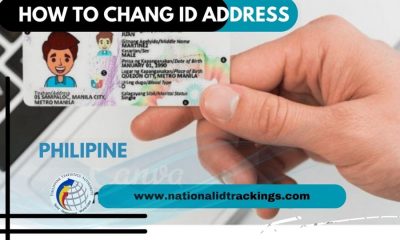
 Uncategorized12 months ago
Uncategorized12 months ago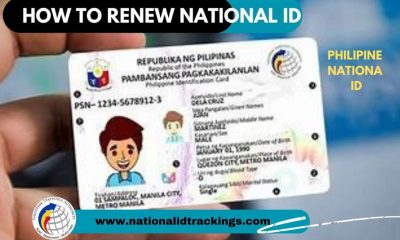
 Uncategorized11 months ago
Uncategorized11 months ago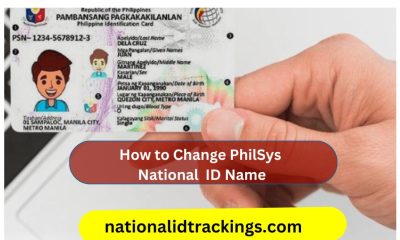
 Uncategorized11 months ago
Uncategorized11 months ago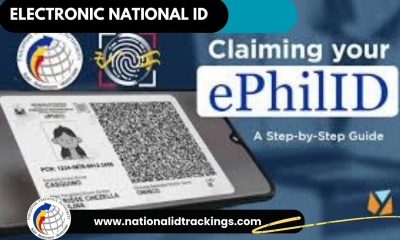
 Uncategorized12 months ago
Uncategorized12 months ago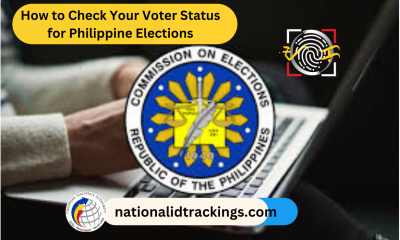
 Uncategorized11 months ago
Uncategorized11 months ago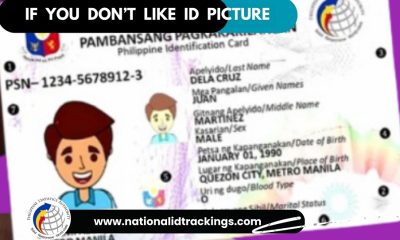
 Uncategorized12 months ago
Uncategorized12 months ago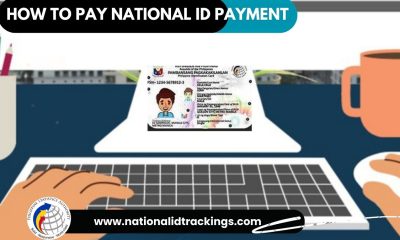
 Uncategorized11 months ago
Uncategorized11 months ago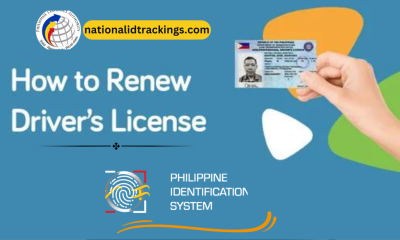
 Uncategorized11 months ago
Uncategorized11 months ago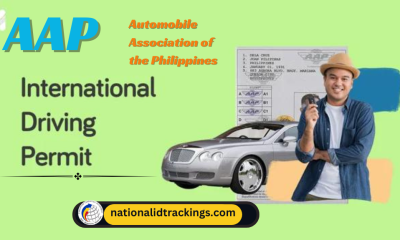
 Uncategorized11 months ago
Uncategorized11 months ago
 Uncategorized9 months ago
Uncategorized9 months ago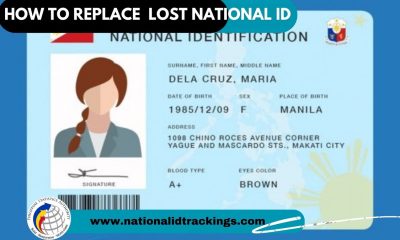
 Uncategorized11 months ago
Uncategorized11 months ago
 Uncategorized9 months ago
Uncategorized9 months ago
-Feb-07-2024-03-07-18-5160-AM.png?width=600&height=400&name=Pics%20for%20blog%20-%20600x400%20(1)-Feb-07-2024-03-07-18-5160-AM.png)